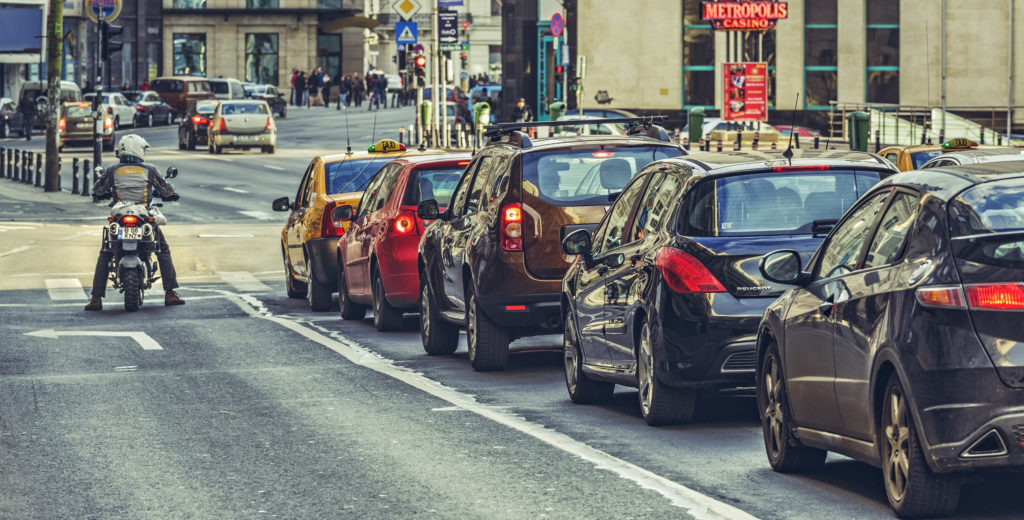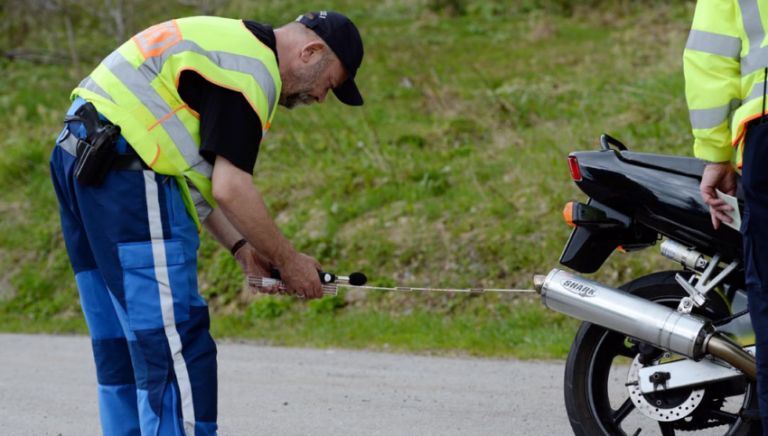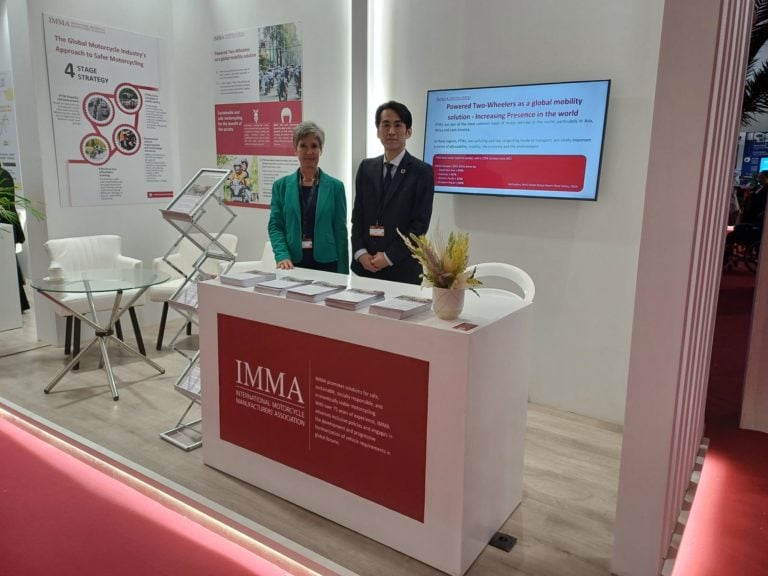On the occasion of the adoption of the “Fit for 55” package by the European Commission and as a response to the EU’s ambitious goal of achieving net zero carbon emissions by 2050, ACEM members renew their commitment to delivering L-category vehicles that contribute to the decarbonisation of transport, in a sustainable timeframe which supports jobs, growth and the environment.
This paper outlines the position of the motorcycle industry in relation to the decarbonisation targets set by the Green Deal, the subsequent European Climate Law and the path outlined by the European Commission’s Communication on Sustainable and Smart Mobility Strategy.
ACEM members aim to offer the market a variety of powertrains, each of which will contribute to decarbonisation, bearing in mind that electromobility will be essential for the future mobility of people and goods, especially in urban environments. At the same time, the motorcycle industry recognizes that two-wheelers with a conventional internal combustion engine still have an important role to play, especially in market segments that are the hardest to electrify.
It is important that the EU continues to support the adaptation of the motorcycle industry, by continuing to fund the research and development of low carbon technologies and by giving businesses the time required to develop the most robust and technically reliable EV systems.
In order to achieve this, several enabling conditions are necessary:
- Combining battery technology and low carbon liquid fuels to maximise decarbonisation
- Leaving political principles aside, for a technology neutral approach
- Preparing the way forward, to support market uptake of these vehicles, by increasing the number of electric vehicles charging points throughout the EU.



